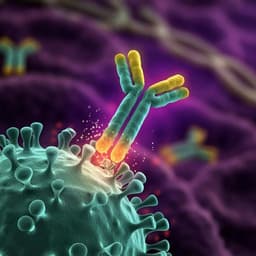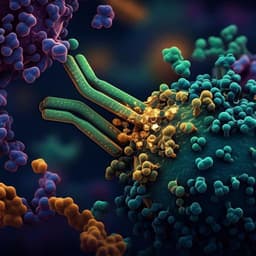
Medicine and Health
Identification of G protein-coupled receptor 55 (GPR55) as a target of curcumin
N. Harada, M. Okuyama, et al.
This groundbreaking study by Naoki Harada and colleagues reveals that GPR55 is a crucial target for curcumin. It demonstrates how curcumin activates GPR55 to induce transcription while uncovering the vital roles of specific molecular structures. This research offers exciting insights into the physiological functions of curcumin.
Playback language: English
Related Publications
Explore these studies to deepen your understanding of the subject.







